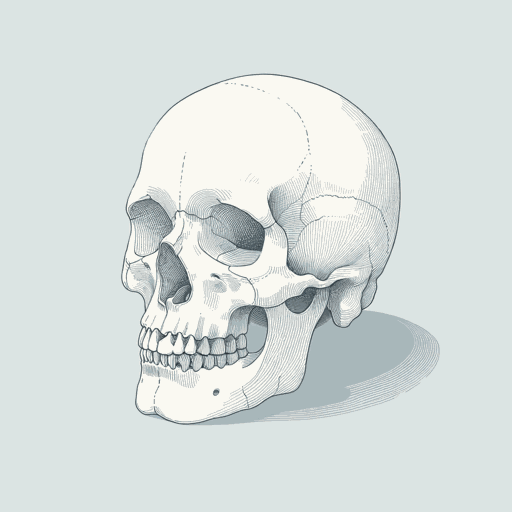69 pages • 2 hours read
Mary RoachStiff: The Curious Lives of Human Cadavers
Nonfiction | Book | Adult | Published in 2003A modern alternative to SparkNotes and CliffsNotes, SuperSummary offers high-quality Study Guides with detailed chapter summaries and analysis of major themes, characters, and more. For select classroom titles, we also provide Teaching Guides with discussion and quiz questions to prompt student engagement.
Chapters 4-6Chapter Summaries & Analyses
Chapter 4 Summary: “Dead Man Driving”
Chapter Four discusses cadavers used in “ghastly, but necessary” research on impact tolerance (87). Impact tolerance refers to how much the human body can handle in terms of brute force before serious injury or death occurs: “[o]ver the past sixty years, the dead have helped the living work out human tolerance limits for skull slammings and chest skewerings, knee crammings and gut mashings: all the ugly, violent things that happen to a human being in a car crash” (87). Focusing on impact tolerance related to car crashes, Roach visits Wayne State University’s Bioengineering Center, a facility in Detroit that has been researching impact tolerance since 1939. When Roach visits Wayne State, UM 006 is the name of the cadaver being used in this particular round of testing.
Before delving into the experiment being done on UM 006, Roach provides an overarching history of how cadaver research has improved car safety: “[t]he dead’s first contribution to safe driving was the non-face-gashing windshield” (88). Due to impact tolerance studies conducted on the dead, “it’s now possible to survive a head-on crash into a wall at 60 mph” (92). However, while impact studies using cadavers are frowned upon, alternatives to cadavers have not been viable: “Lord knows, alternatives [to impact testing on cadavers] have been tried.
Related Titles
By Mary Roach



